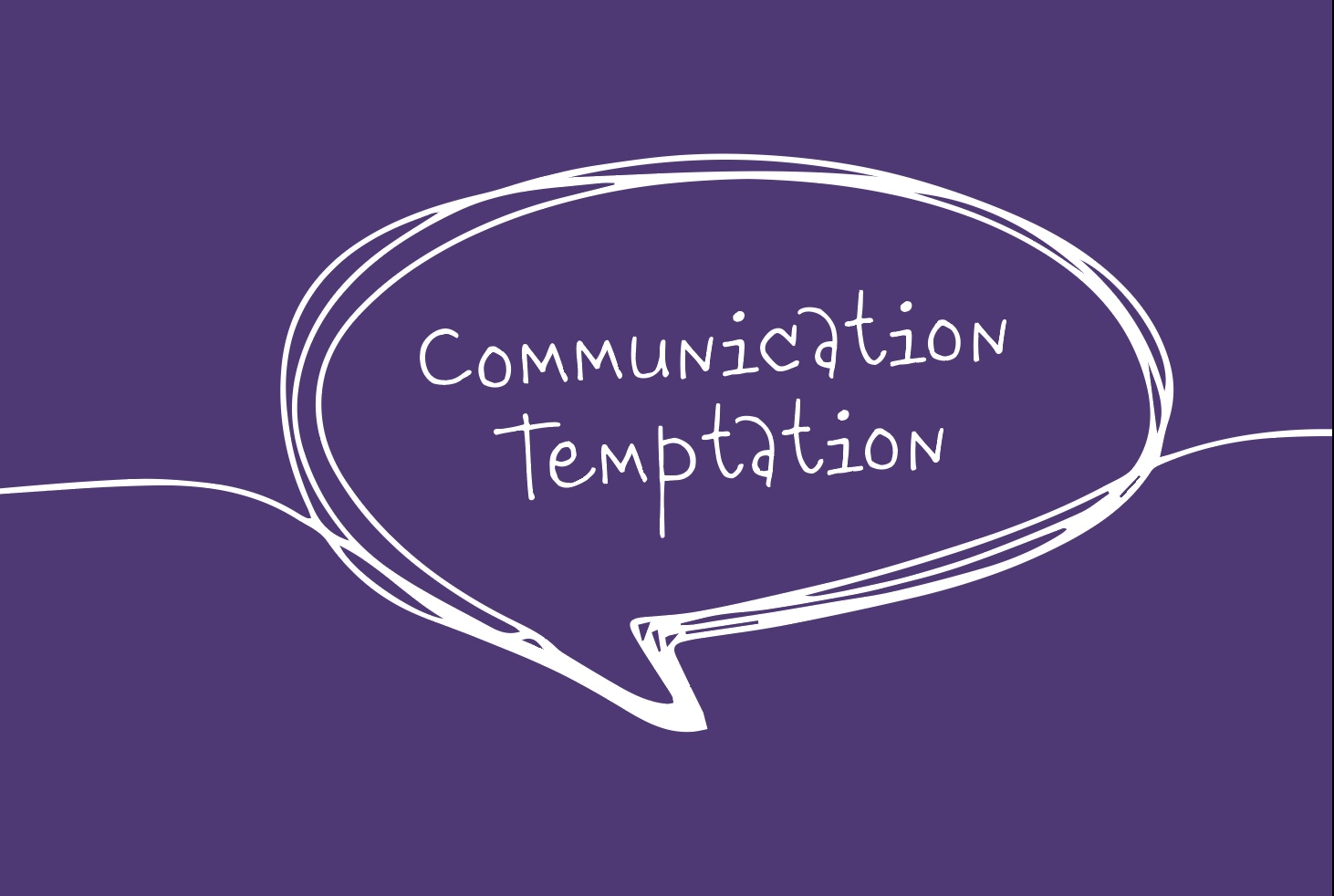By Deanna Sargsyan MS, CF-SLP
As a parent, you are your child’s interpreter. You know when they’re hungry, when they want to take a nap, or when they want their favorite toy. But let’s take a step back for one minute. If we were to hand our child their favorite toy before tucking them in for bedtime then we just lost our opportunity to have our child communicate with us. We just fulfilled their need without having them say a single word. As parents we have a natural instinct of doing everything for our kids because they are our kids. Which is not a problem itself, but we are missing out on the opportunity to have our child communicate what they want to because we have already done it for them. So what is one strategy we can use to have our child engage in communication with us? Communication temptation! Communication temptation is a strategy speech therapists use to manipulate the child’s environment to have them use and engage in spontaneous speech in order to achieve their desired want/need. This strategy can be used almost always, in daily and play routines. Examples of this could be giving them a juice box, but not inserting the straw for them or putting their favorite toy somewhere that is out of reach for them.
So why is it useful to start using communication temptation for early intervention?
- Communication temptation allows your child to have an opportunity and a reason to communicate with you
- It is a great strategy to use for helping generalize language skills for spontaneous speech
- Children now have an opportunity to initiate communication and interaction with another person to have their wants/needs met
- Consistent interactions will lead to new opportunities to work on other language skills like combining words, new vocabulary, turn-taking, etc.
Change your Environment
Break the routine and see if your child notices! Instead of handing your child their favorite toy before bedtime, wait and see if they notice something’s missing. If they don’t notice a change then manipulate the situation with a question, “Want your toy?”. Engage your child by pointing to their toy and say, “I want toy”. Have your child imitate this action by grabbing their hand and pointing to the toy too. Give them the toy and wait and see what happens. As mentioned before, a great way to initiate communication is by putting the desire object in an out of reach spot whether that may be at the top of a shelf or on the kitchen counter, it should be somewhere that your child is still able to see it, but not reach for it. This can initiate different forms of communication like gestures (e.g. pointing) which is great!
When can I use Communication Temptation?
It is important to fit this strategy naturally into your child’s daily routines. Start with one to two communication temptations per day and gradually build!
- Play time
- Offer them some of their snack and wait to see if they ask for more
- Offer them two choices
- Consistent daily routines like eating breakfast (e.g. forget to give them their fork)
- Leave out a step from a daily routine and see if your child notices
Ways to Encourage your child’s communication
- Set a goal on what you want your child to accomplish (e.g. requesting eating utensils)
- Use objects that will motivate your child (e.g. their favorite toy or snack)
- Take notes on what your child has accomplished and reflect on their progress
- Always use positive feedback! (e.g. good job telling me!)
What does the research say?
According to Wetherby and Prizant (1989), performance deficits in the area of communication and initiation are common in students with autism spectrum disorder. Some students have the ability to say words and even answer questions but will not use words appropriately to express their wants and needs. Creating “communication temptations” are strategies that are used to create opportunities to initiate communication. Many authors who focus on the areas of early childhood development and autism have advocated for this strategy as a way of encouraging children to communicate with others.
Allow your child to have multiple consistent opportunities to communicate with you throughout the day! Create a safe and supportive environment for them and reach out to an early intervention team if you have any questions or concerns about your child’s speech delay or disability.




